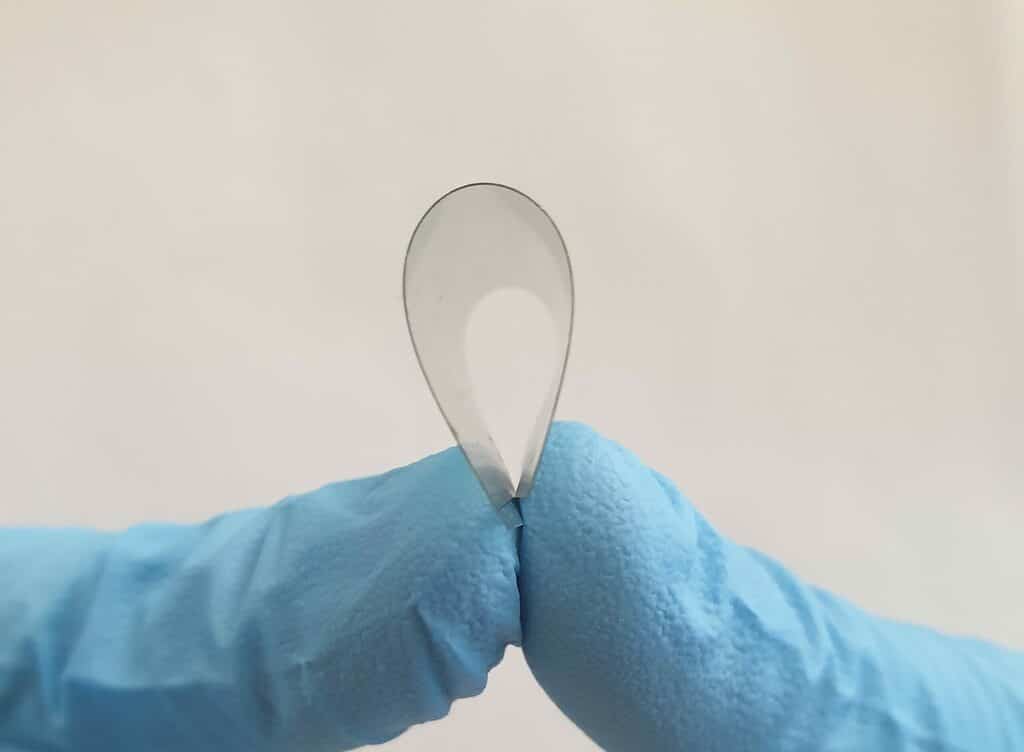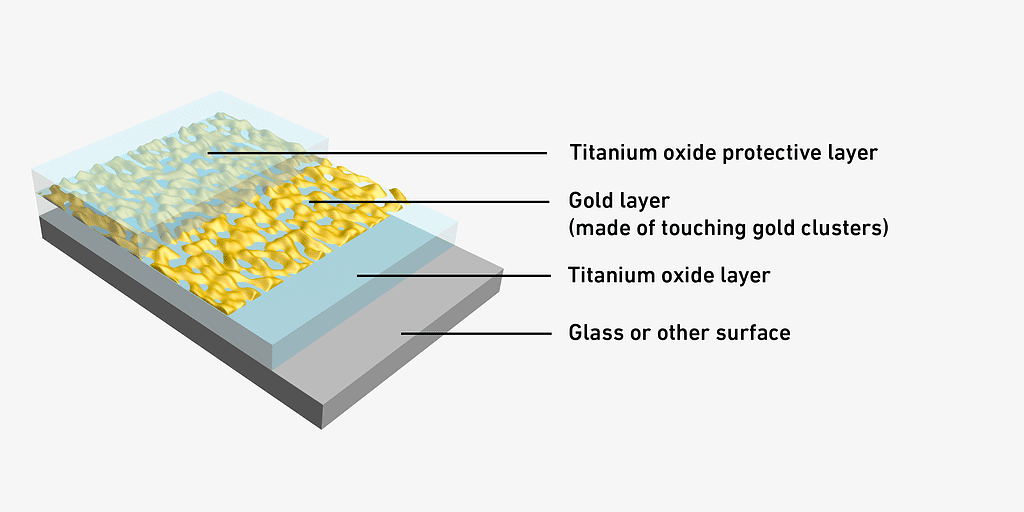New ultrathin gold coating can make your glasses defog themselves

When a cold transparent surface comes in contact with warmer air, the moisture in the surrounding air gets condensed and settles down on the surface in the form of tiny water droplets — and glasses wearers know this all too well. These droplets or fog make it difficult for a person to see through transparent surfaces such as eyeglasses and car windshields.
Although there are various anti-fog applications available in the market, none of them provides a permanent solution to this problem. Until now, that is.
Now, a team of researchers at ETH Zurich (Swiss Federal Institute of Technology) recently developed a gold-based anti-fog coating that once applied to a transparent surface removes and prevents fogging by using heat from sunlight.
ADVERTISEMENT


Gold versus fog
The coating comprises three layers having a combined thickness of 10 nanometers. The top and bottom layers are made of titanium oxide and the middle layer is composed of gold.
“The advantage of our coating is that it can be integrated beneath existing coatings, rendering it very durable. Moreover, our coating is produced with standardized, readily scalable methods and can easily be upscaled over large areas, all cost-effectively. In addition, it uses a renewable source of power: sunlight and it both prevents fog from appearing (antifogging) and speeds up the removal of fog (defogging),” one of the authors of the study, Iwan Haechler, told ZME Science.
A conventional anti-fog spray removes fog by applying a hydrophilic (water-attracting) chemical on the surface of a material. This hydrophilic chemical keeps the surface clean by keeping it slightly wet with water and thus, no fog appears on the surface. However, the hydrophilic layers attract dust and dirt, and over time the surface becomes contaminated with grime. Therefore, a user has to apply an anti-fog spray repeatedly.
Another solution to fogging available on the market are hydrophobic coatings that keep a surface fog-free by heating it. However, these coatings use electricity and hence are energy inefficient. Especially, when it comes to electric cars if a user must use electricity to keep the car windows clean. This will adversely affect the range of the car.
The proposed gold-based coating also uses heat but it only needs sunlight for that. The coating absorbs infrared radiation from sunlight (no part of the visible or UV spectrum is absorbed) and uses the energy to heat up a surface and increase its temperature by 8 degrees Celsius. Due to the heating effect, no humidity-induced condensation takes place on the surface and therefore, no fog is formed in the first place.
ADVERTISEMENT
How practical is it?
Now you may wonder that if the coating is made of gold, would it still be affordable to apply on eyeglasses and glass shields? The researchers argue that very little gold is required to develop the coating. The middle layer is ultrathin measuring about 5 nm in thickness — even a gold leaf sheet is 12 times thicker than the gold layer used in the coating.


Haechler further explains that for creating every square meter of coating, only 100 mg of gold is required. This means that for a pair of regular-sized eyeglasses (2 x 15 cm2), the cost of gold to make the coating would come out to be less than 0.02 USD. So affordability is not likely going to be an issue with the gold-based coating.
The only limitation is that the coating does require small amounts of sunlight to function. As compared to anti-fog sprays and hydrophobic coatings, the proposed application neither leads to contamination nor depends on an electric power source. Moreover, once applied, it can work fine as long as it receives sunlight. Therefore, it is a far more sustainable and energy-efficient product than those that are currently available on the market.
The researchers suggest that apart from eyewear and windshields, the coating could also be used for mirrors, optical sensors, and nanoscale heating devices.
While shedding light on their future plans, Haechler told ZME Science,
“We are currently exploring avenues to commercialize the product and also filed a patent application. Right now, we are evaluating potential markets. Given the functionality of our coating, which we evidenced under non-ideal conditions (such as cloudy days, or very low solar intensity), we know that it works robustly. Hence, the biggest challenge is, at least from my point of view, to find the best market for the coating.”
The study has been published in the journal Nature Nanotechnology.



